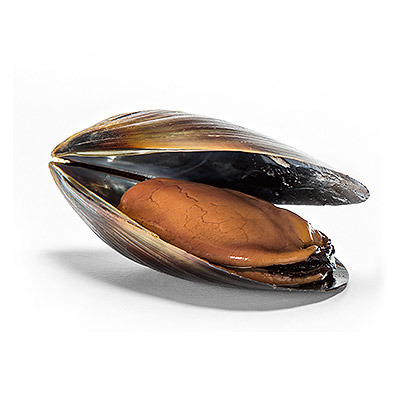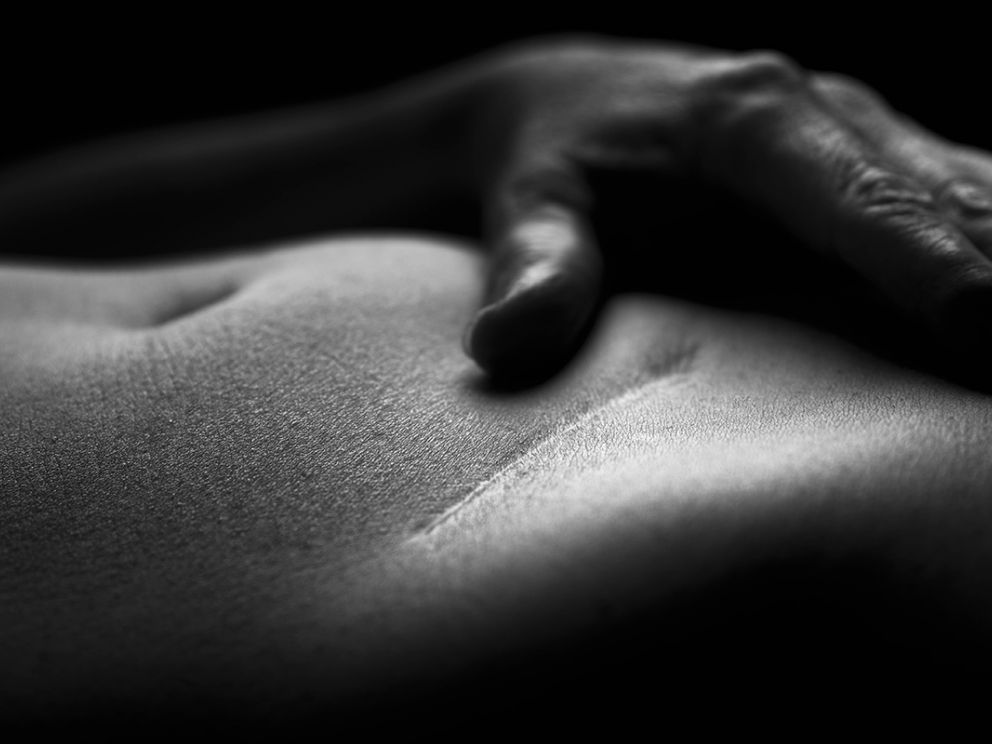
 Soon to be a thing of the past?
Soon to be a thing of the past?
The humble mussel could soon help us prevent scarring. A sticky substance naturally secreted by the marine animal is one element of a glue that closes skin wounds seamlessly in rats. The glue could be used to prevent unsightly scars after accidental cuts or surgical operations.
“If this can be replicated in humans, it might be the next big thing for scar therapy,” says Allison Cowin at the University of South Australia, who wasn’t involved in the study.
Scars form when the collagen scaffolding in skin is broken apart. Instead of re-forming in their original and neat basket-weave arrangement, the collagen fibres grow back in parallel bundles that create the characteristic lumpy appearance of scars.
One way to reduce scarring is to apply decorin, a skin protein involved in collagen organisation. But because decorin has a highly complex physical structure it is hard to synthesise and therefore not used in the clinic.
Sticky substance
To get round this problem, Hyung Joon Cha at Pohang University of Science and Technology in South Korea and his colleagues have created a simplified version of decorin. They combined a small section of the decorin protein with a collagen-binding molecule and a sticky substance secreted by mussels.
The resulting glue was tested on rats with deep, 8-millimetre-wide wounds. The glue was spread over each wound and covered with clear plastic film. Rats in a control group had their wounds covered in plastic without any glue.
By day 11, 99 per cent of the wound was closed in the treated rats compared with 78 per cent in the control group. By day 28, treated rats had fully recovered and had virtually no visible scarring. In comparison, control rats had thick, purple scars (see images below).
 The wounds that received the new treatment (bottom) showed less scarring than those that didn’t (top)
The wounds that received the new treatment (bottom) showed less scarring than those that didn’t (top)
Closer inspection under the microscope confirmed that collagen fibres in the treated wounds had returned to their original basket-weave arrangement. The new skin had also developed hair follicles, blood vessels, oil glands and other structures that aren’t regenerated in scars.
The glue is able to promote normal collagen growth because negative charges on the decorin fragments hold the fibres apart, says Cha. In doing so, the fibres are more easily able to weave in and out between each other instead of sticking together randomly.
Cowin says the results are impressive but there is still a way to go before the results can be translated to humans. “Rats have loose skin, whereas we have tight skin, and they tend to heal better and have less scarring than we do,” she says. As a result, the glue may not be as effective in people as in rats.
Cha says that the glue will now be tested in pigs, whose skin better resembles our own.
Adding to the toolbox
New scar treatments are greatly needed because the existing ones don’t work very well, says Cowin. Silicone gels, steroids, pressure bandages, cryotherapy and laser treatments are often used to reduce the appearance of scars, but they cannot erase them completely.
Cowin is developing a scar treatment that uses monoclonal antibodies to block a type of protein that impairs wound healing. Other groups are applying embryonic stem cells to wounds, based on the observation that skin abrasions in embryos and early fetuses don’t scar. These approaches are still being tested in animals.
Journal reference: Biomaterials, DOI: 10.1016/j.biomaterials.2017.04.041